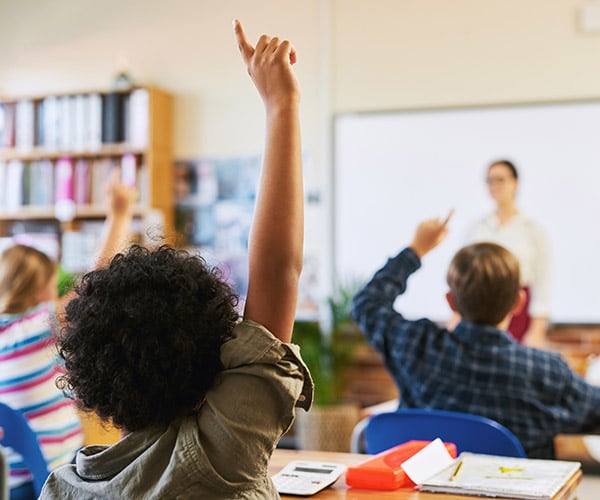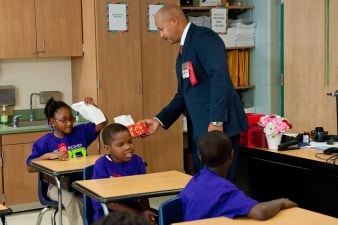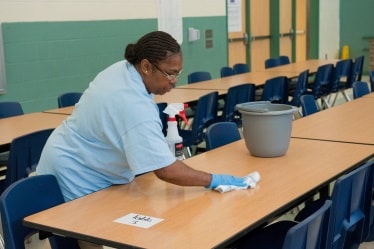Administrators of Childcare and K-12 Schools
Flu Prevention at School

When children are close together, there is an increased risk that they will spread respiratory illnesses like the flu to each other. The risk is especially high among infants and toddlers, who are likely to share toys that may have been in their hands or mouths. Children are also more likely than adults to get sick from the flu and more likely to spread it to others, including their families. For children, flu is more dangerous than the common cold. Each year, many children get sick with seasonal flu; some of those illnesses result in death.
Getting the flu vaccine every year is the best way to prevent seasonal flu. Nonpharmaceutical Interventions (NPIs) can also help people protect themselves and others from getting and spreading the flu. NPIs are especially important during outbreaks of pandemic flu.
A pandemic flu outbreak occurs when a new strain of influenza virus appears among people. Because it is a new virus, we have little or no immunity to it. This allows the virus to spread quickly from person to person around the world. It may take months before an effective vaccine is developed.
- What you can do personally ( Personal NPIs): Stay home when you are sick. Cover your coughs and sneezes with a tissue. Wash your hands often with soap and water.
- What communities can do ( Community NPIs): Implement social distancing interventions in schools, workplaces, and at events.
- What everyone can do to keep the environment germ-free ( Environmental NPIs) : Clean frequently touched surfaces and objects like door knobs.
- CDC provides educational resources and training on how to incorporate personal, community, and environmental NPIs into your pandemic flu plans.
The actions your school takes and the plans you make today make a difference. Here are some important steps to protect yourself and others from getting and spreading the flu at school:



